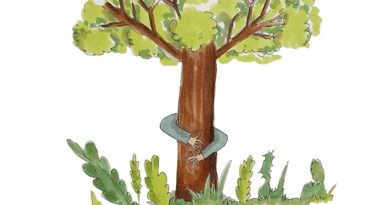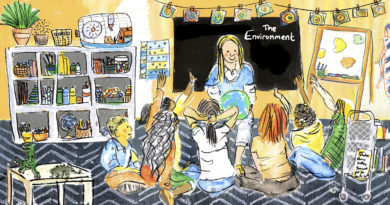Kids and Social Media: What are the Benefits?

My generation used phones with cords and passed notes in class. Today’s youth, however, rely on social media as a major form of communication. In Switzerland and elsewhere around the world, visiting sites like Facebook, YouTube and Twitter has become part of a daily routine for some. Approximately half of all 9- to 16-year-olds in Switzerland have a social network profile, according to a report released last year, including 85 percent of 15- to 16-year-olds. In my home country, a recent survey indicates that most American teens “think social media has (sic) had a more positive than negative effect on their social and emotional well-being.”
At the same time, the dangers of social media are well publicized—cyberbullying and inappropriate sexual content, for example. So, what are the benefits of social media for kids? How do parents ensure that kids realize these benefits, given their concerns?
Potential benefits of social media for kids
How are kids using social media? They most often log on to socialize with friends, share photos, play games and more; however, we know social media can also be educational. In its September 2011 report, the EU Kids Online project suggests that online activities present a “ladder of opportunities” for kids, with social networking as one of the most common activities. This study estimates that only 25 percent of European kids engage in the most advanced and creative step—see Step 5 in the table below.
“Ladder of Opportunities” for Kids’ Online Activities
| Steps | Online activities | Percentage of European children 9-16 years* |
| Step 1 | Doing schoolwork and playing games alone or against the computer | 100 percent |
| Step 2 | Doing schoolwork and playing games; this step addswatching video clips online (e.g., YouTube) | 86 percent |
| Step 3 | Using the Internet interactively for communication (social networking, instant messaging, email) and reading or watching the news | 75 percent |
| Step 4 | Playing with others online, downloading films and music and sharing content peer-to-peer (e.g., via webcam or message boards) | 56 percent |
| Step 5 | Visiting chat rooms, sharing files, blogging and spending time in a virtual world | 23 percent |
Source: Livingstone, Sonia and Haddon, Leslie and Görzig, Anke and Ólafsson, Kjartan (2011)
EU Kids Online: final report 2011. EU Kids Online Network, London, UK, pp. 16-17.
*These data include 25 European countries, but do not include Switzerland. Switzerland was included in the data released in October 2012.
Similar to this European study, the American Academy of Pediatrics (AAP) highlights enhanced communication and learning opportunities as potential benefits of social media. The AAP discusses how schools use social media for class projects and extracurricular activities. Facebook pages serve as virtual spaces for students to gather and share information outside the classroom. In addition, it describes how kids can use social media to strengthen their civic engagement, such as supporting charities and participating in political activities. Sites like DoSomething.org connect kids to various causes, along with providing tangible ways to get involved. Currently, the organization is using social media to promote its “Teens for Jeans” campaign, in which people donate used jeans to help homeless teens in their communities.
The AAP also mentions that social media can give kids increased access to health information. It reports that particularly for topics of interest to adolescents and teens – such as sexually transmitted infections, stress reduction and signs of depression – kids can easily and anonymously access information online. Furthermore, a recent statement by the American Heart Association suggests that social media could be successful in addressing childhood obesity after reviewing several social network-based interventions for weight loss, such as Weigh2Rock.com.
Helping Kids Realize the Benefits of Social Media
Despite these potential benefits, what about all the risks? I like the perspective offered by Dr. Perri Klass in last year’s New York Times article, “Seeing Social Media More as a Portal Than as a Pitfall.” Of course kids can be at risk when using social media, and they must be protected, especially as we’re all learning how to navigate these new tools. As such, researchers suggest parents find some healthy balance between the two extremes of giving kids unrestricted access to social media versus monitoring their every activity to ensure their safety.
My kids are young and not yet connected to social media, but based on what I have heard from parents of teenagers, finding the right balance is not always easy. I am thankful that there are resources available to those seeking support in Switzerland and beyond. In particular, you can check out EU Kids Online, AAP and Parenting.com. Also, Switzerland’s Pro Juventute – a private nonprofit organization supporting children and families – is currently running a campaign entitled, “Stop Cyber-Mobbing” (in German, French and Italian). The campaign includes a Facebook page, television ad, and 24-hour hotline.
By Heddi Nieuwsma
Heddi is a recent arrival to French-speaking Switzerland, along with her husband and two lively boys. To read more about her adventures raising a food-allergic child in the land of chocolate and cheese, please check out her blog: Dairy-Free Switzerland.



